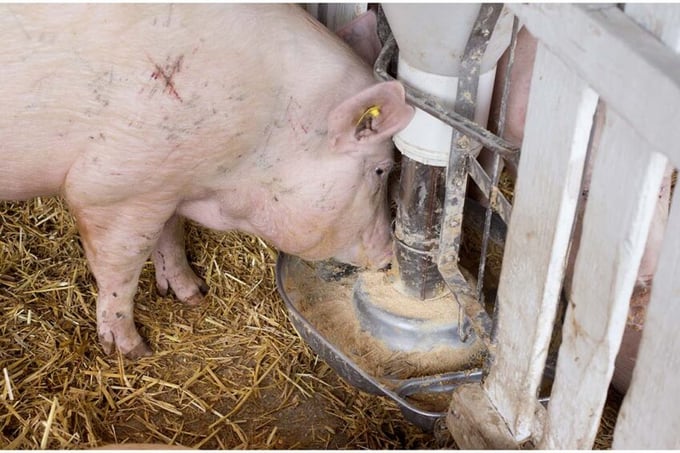June 13, 2025 | 19:57 GMT +7
June 13, 2025 | 19:57 GMT +7
Hotline: 0913.378.918
June 13, 2025 | 19:57 GMT +7
Hotline: 0913.378.918

Photo: Canva
By August 2023, the situation in Québec, Canada was so severe that the provincial pig producers’ association, Éleveurs de porcs du Québec, started a programme to help chosen producers exit the industry. In 2023, the Premier of Quebec stated that pork farmers there were in an “extremely difficult situation,” with over 700 of them dealing with serious financial challenges.
The programme has a goal of reducing the province’s pig herd by 7% overall, with another 2% coming from those already getting out. This addresses the reduced slaughter capacity in the province. A major Canadian packing firm, Olymel, shutting down a large plant in Quebec in June 2023.
Following the end of the first applicant competition, which had 260 applicants and 60 farms selected, a second round of applications ended January 29, 2024. The association’s public relations director and secretary general, Tristan Delauriers, reports that those who did not get accepted in the first round could re-apply in the second, but only about 60 applications were recently received. “There were a lot of different farmer profiles who applied and want to stop production,” he says, “but many are close to retirement, hadn’t invested in the farm recently and had no one to take over the farm.”
During the last few months, there have been attempts to cut farrowings in various parts of the US, but overall, the national herd size remains the same. Data from the US Department of Agriculture (USDA) has shown that farrowings dropped 4% in the last part of 2023, but piglets per litter were up 4%.
However, Dennis Smith of Archer Financial Services recently stated a belief that growth in litter size was overstated and the decline in breeding stock understated.
In a news story from Iowa, where the state’s herd has actually risen 3% in recent months, Steve Meyer (chief livestock economist at Ever.Ag market analysis company) states a believe that the US sow herd needs to shrink 6% to 10% to have an impact on restoring industry profits.
The US market share of world pork exports grew in 2023 and Miller believes this will likely continue in 2024. And although some experts point out that pork consumption is dropping in China and other Asian countries for several reasons, Miller notes that due to economic losses at the 3 largest pork producers in China, China may “be forced to import large amounts of pork before the end of 2024.”
Regarding Canadian exports to China, Farm Credit Canada, a leading farm lending and analysis firm, notes that they have not yet bounced back to pre-African Swine Fever levels. However, Éleveurs de porcs du Québec economic director Renaud Sanscartier recently stated that “consumption of pork has increased slightly in Canada in recent months.
(PP)

(VAN) Extensive licensing requirements raise concerns about intellectual property theft.

(VAN) As of Friday, a salmonella outbreak linked to a California egg producer had sickened at least 79 people. Of the infected people, 21 hospitalizations were reported, U.S. health officials said.

(VAN) With the war ongoing, many Ukrainian farmers and rural farming families face limited access to their land due to mines and lack the financial resources to purchase needed agricultural inputs.

(VAN) Vikas Rambal has quietly built a $5 billion business empire in manufacturing, property and solar, and catapulted onto the Rich List.

(VAN) Available cropland now at less than five percent, according to latest geospatial assessment from FAO and UNOSAT.

(VAN) Alt Carbon has raised $12 million in a seed round as it plans to scale its carbon dioxide removal work in the South Asian nation.

(VAN) Attempts to bring down the price of the Japanese staple have had little effect amid a cost-of-living crisis.